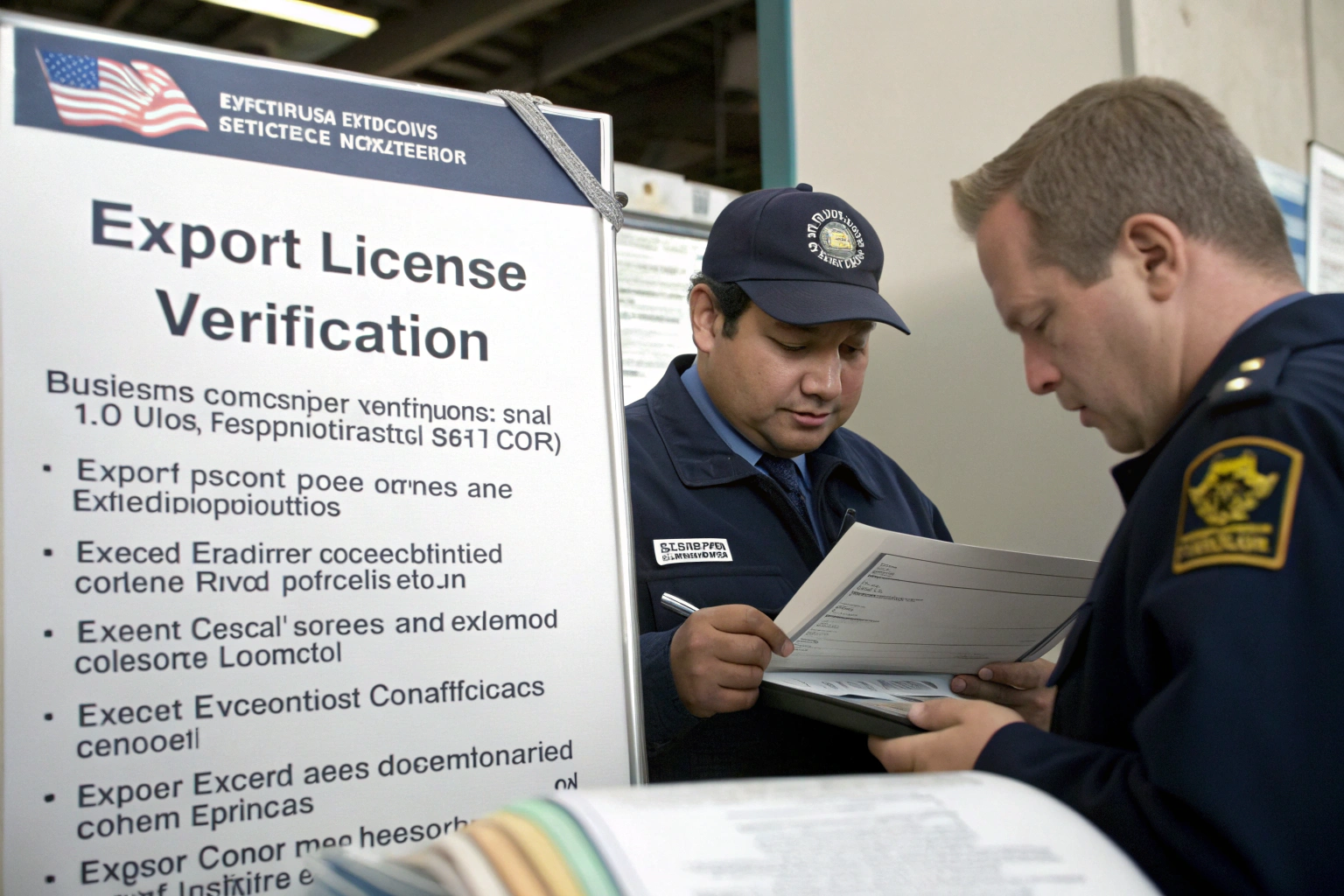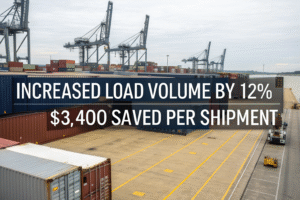Verifying that your Chinese supplier holds proper export credentials is a fundamental due diligence step that many importers overlook until facing customs rejections or compliance violations. An export license serves as the Chinese government's authorization for a company to engage in international trade, and working with unlicensed suppliers can result in shipment seizures, fines, or supply chain disruptions.
You can confirm your Chinese supplier has an export license by checking their Business License for import-export scope, verifying their Customs Registration certificate, and validating their record in China's official trade databases. A legitimate export-ready supplier should have all three documents, and verification typically takes 2-5 business days through proper channels.
Let's examine the specific documents, verification methods, and compliance considerations that ensure your Chinese supplier is legally authorized to export goods internationally.
What specific documents demonstrate export authorization?
Chinese export authorization involves multiple documents that collectively prove a company's legal right to engage in international trade. Understanding these documents helps you conduct thorough verification rather than relying on a single "export license" document.
The Business License (营业执照) must include "import and export" or similar language in its business scope section. The Customs Registration Certificate (海关登记证) provides the company's customs code essential for export declarations. The Foreign Trade Operator备案登记表 confirms registration with commerce authorities for international trade. Additionally, specific products might require additional licenses or quotas. These documents together create the complete picture of export authorization rather than any single document serving as a comprehensive "export license."
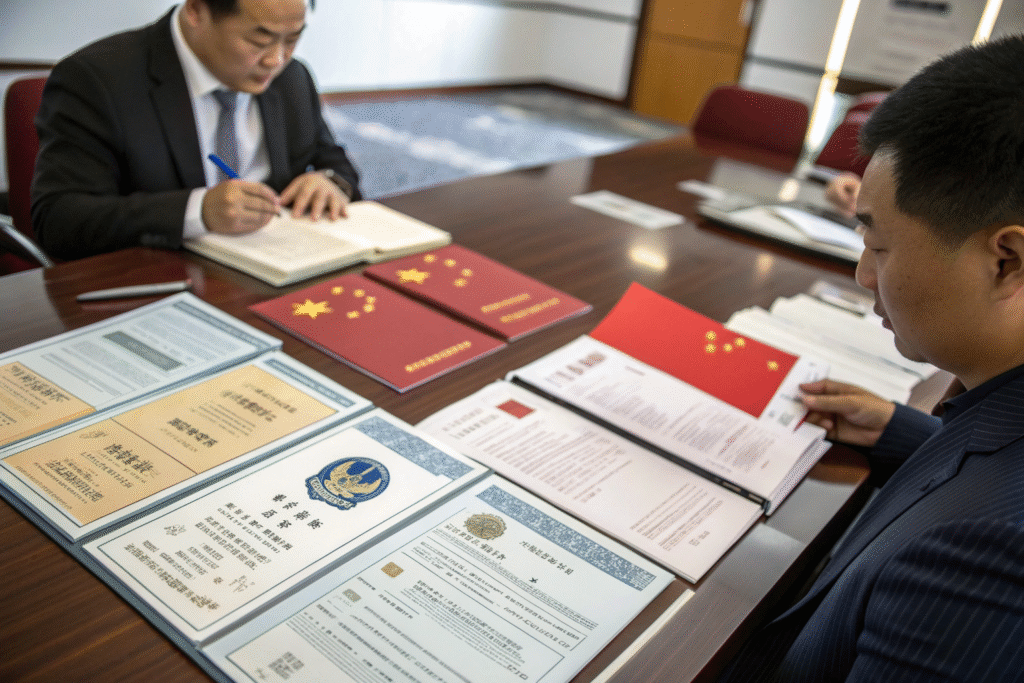
How do you verify the Business License includes export scope?
Business License verification steps:
- Check business scope section for "进出口" (import-export) or similar terminology
- Verify registration authority stamp from appropriate Chinese regulatory body
- Confirm legal representative matches other company documentation
- Validate registration capital meets minimum requirements for export activities
- Check issuance date ensuring the license is current and valid
- Verify registration number through official government databases
The business scope is particularly crucial as it legally defines what activities the company can conduct.
What does valid Customs Registration demonstrate?
Customs Registration significance:
- 10-digit customs code required for all export declarations
- Registration with Chinese Customs indicating compliance with trade regulations
- Authority to submit export declarations through China's electronic systems
- Record of past export activities accessible through customs databases
- Binding to Chinese trade laws and compliance requirements
- Essential for tax rebates and other export incentives
This registration is non-negotiable for any company regularly exporting from China.
How can you officially verify export credentials?
Official verification moves beyond document review to independent confirmation through Chinese government systems and authorized third-party services. This step is crucial for preventing document forgery and ensuring ongoing compliance.
The National Enterprise Credit Information Publicity System provides official business registration verification. The China Customs website allows limited verification of customs registration status. Third-party verification services with access to official databases can provide comprehensive due diligence reports. Chinese embassies or consulates can sometimes assist with verification for international businesses. Industry associations may maintain verified member directories. These official channels provide reliable verification beyond supplier-provided documents.

What specific information can you verify through official channels?
Official verification capabilities:
- Business registration status and any administrative penalties
- Registered business scope confirming export authorization
- Legal representative authenticity and corporate structure
- Customs registration validity and past compliance record
- Tax registration status and compliance history
- Any license revocations or regulatory actions
This independent verification prevents reliance on potentially altered documents.
How do third-party verification services add value?
Third-party service benefits:
- Database access to multiple official Chinese systems
- Local language capability navigating Chinese regulatory platforms
- Experience interpretation of Chinese business documents
- Comprehensive reporting combining multiple verification sources
- Ongoing monitoring for changes in registration status
- Risk assessment based on industry and product type
These services are particularly valuable for businesses without Chinese language capability or local presence.
What are the red flags for unauthorized exporters?
Certain warning signs indicate potential issues with a supplier's export authorization or suggest they may be operating outside their legal scope. Recognizing these red flags early prevents compliance problems and supply chain disruptions.
Suppliers who cannot provide clear documentation, who use complicated explanations for simple requests, or who resist verification attempts warrant caution. Companies with business licenses excluding import-export activities, those using third-party export agents without transparency, or suppliers with recent registration changes suggesting restructuring due to compliance issues should be carefully vetted. Additionally, suppliers offering significantly lower prices may be cutting compliance corners.
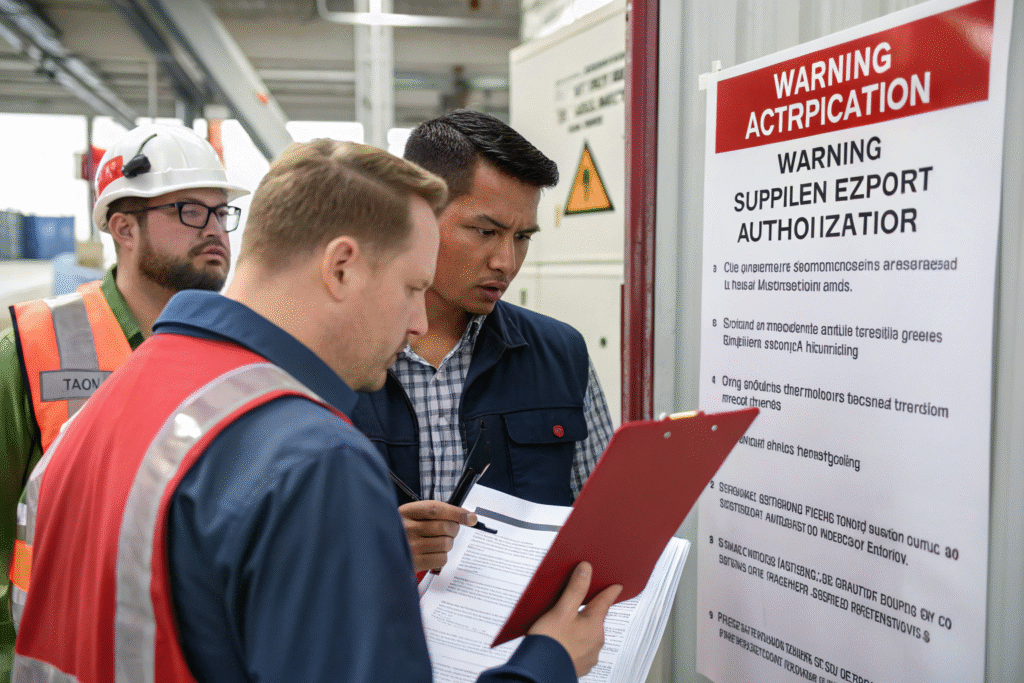
What documentation inconsistencies suggest problems?
Common documentation red flags:
- Business scope exclusions of import-export activities
- Recent scope additions suggesting new export capability
- Document date inconsistencies across different certificates
- Registration address mismatches between different documents
- Legal representative variations in different official records
- Missing sequential documents in the authorization chain
These inconsistencies often indicate unauthorized export activities or document issues.
How does pricing relate to export compliance?
Pricing compliance considerations:
- Unusually low prices may indicate tax evasion or compliance shortcuts
- Cash payment requests might suggest informal export arrangements
- Document fee requests could indicate using another company's export license
- Price variations for same goods with different documentation approaches
- Unusual payment terms that don't align with standard export practices
Pricing that seems too good to be true often involves compliance compromises.
What are the consequences of using unauthorized exporters?
Working with suppliers lacking proper export authorization creates significant risks beyond simple shipment delays. Understanding these consequences highlights why thorough verification is essential rather than optional.
Immediate consequences include customs holds at Chinese ports, shipment rejections, and delayed production schedules. Financial impacts involve loss of goods, payment forfeiture, and unexpected transportation costs. Compliance issues may trigger investigations, blacklisting, or loss of import privileges. Reputational damage can affect relationships with other suppliers and customers. These consequences typically cost 3-5 times the verification investment when they occur.
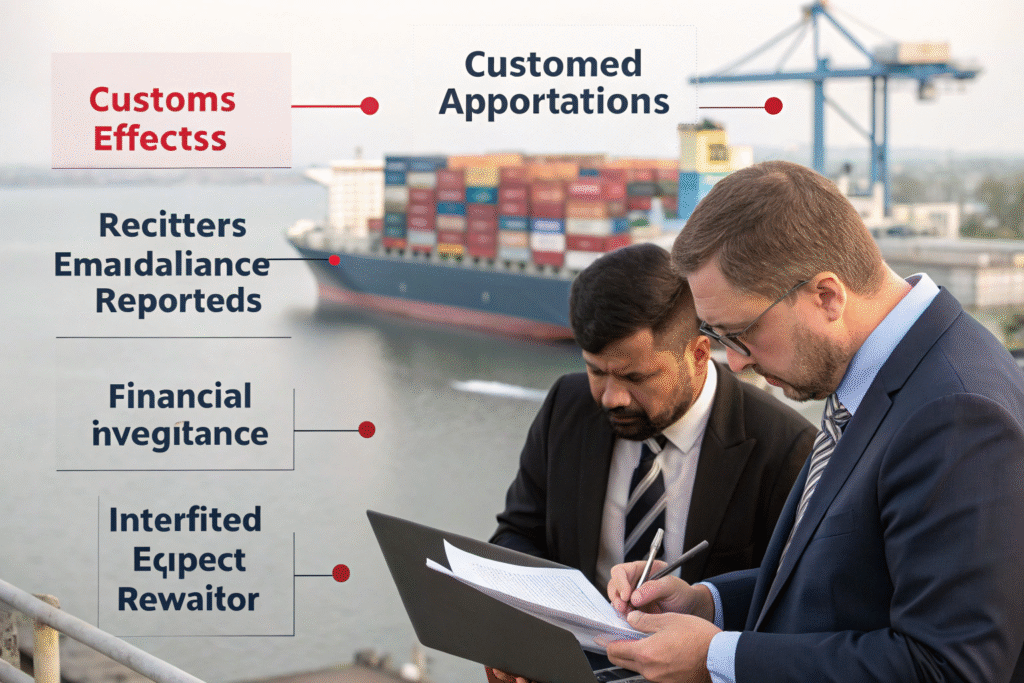
How do customs issues manifest with unauthorized suppliers?
Customs rejection scenarios:
- Export declaration rejection at Chinese customs due to invalid exporter
- Goods seizure if proper export procedures aren't followed
- Tax rebate ineligibility affecting the supplier's pricing and viability
- Shipping document inconsistencies causing destination customs problems
- Certificate of origin issues preventing preferential duty treatment
- Extended inspections increasing delays and storage costs
These issues typically emerge at the worst possible time—when goods are ready to ship.
What are the long-term business implications?
Long-term business impacts:
- Supply chain disruption from sudden supplier disqualification
- Due diligence failures affecting investor and customer confidence
- Compliance remediation costs for correcting authorization issues
- Relationship damage with other suppliers in the same region
- Market access limitations if blacklisted by Chinese authorities
- Insurance complications for future shipments
These long-term consequences often exceed immediate financial losses.
How can you build ongoing compliance monitoring?
Export authorization verification shouldn't be a one-time activity but part of an ongoing compliance program. Regular monitoring ensures suppliers maintain their export credentials and comply with changing regulations.
Implement annual re-verification of all active suppliers' export documents. Monitor Chinese business registration databases for changes in status or scope. Establish clear contractual requirements for maintaining export compliance. Develop relationships with multiple verification sources for cross-checking. Create alert systems for regulatory changes affecting your product categories. These ongoing measures typically cost 15-25% of initial verification but prevent major compliance incidents.
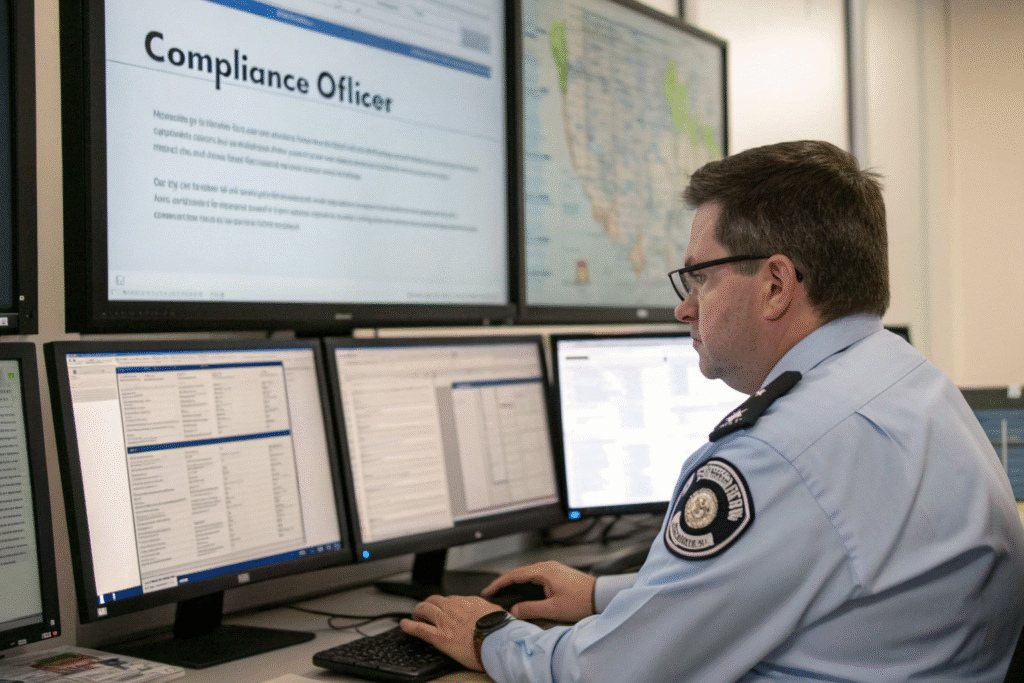
What should ongoing monitoring include?
Continuous monitoring elements:
- Annual document renewal checks for all export authorization certificates
- Business scope monitoring for any changes affecting export capability
- Customs compliance tracking for any penalties or violations
- Regulatory change alerts for new export requirements
- Financial health monitoring indicating ability to maintain compliance
- Industry news tracking for sector-specific compliance issues
Regular monitoring identifies potential issues before they affect your supply chain.
How can technology support compliance monitoring?
Technology applications:
- Automated database checking of business registration status
- Document management systems tracking certificate expiration dates
- Compliance alert platforms monitoring regulatory changes
- Supplier portal integrations for document submission and verification
- Risk assessment tools evaluating supplier compliance health
- Reporting systems documenting due diligence activities
Technology transforms compliance from manual checking to systematic management.
Conclusion
Confirming your Chinese supplier's export license involves verifying multiple documents through official channels, understanding authorization requirements for your specific products, and implementing ongoing compliance monitoring. The most successful importers treat export verification as a fundamental due diligence activity rather than an administrative formality, recognizing that proper authorization underpins supply chain reliability and regulatory compliance. By systematically verifying business licenses, customs registration, and product-specific authorizations—and maintaining ongoing monitoring—you can build supplier relationships on solid legal foundations while protecting your business from the significant risks of unauthorized export activities.
